Fifty years ago, Rome was crisscrossed with tram lines. The trams traversed the city on rails, even passing in front of the Pantheon with bells clanging. Today, the historic mode of transportation has been replaced by snarled traffic and unreliable bus schedules.
One old carriage, however, has found new life as one of Rome’s best coffeehouses. Tram Depot sits on a shady corner in Testaccio, a rapidly gentrifying working-class neighborhood bordering the historic center.
The defunct tram carriage has been a fixture in Testaccio since the 1950s when the Guerini family converted it into a kiosk serving limonata (lemonade) and grattachecca (Roman shaved ice). It previously resided at Piazza dell’Emporio (which is currently a rather unremarkable bus stop) before succumbing to changing tastes and shuttering its doors. Its current incarnation, since 2013, is the brainchild of Mamo Giovenco, Giulio Amorosetti, and Daniele Martelli, founders of Viteculture. The partners are committed to urban renewal, selecting projects that breathe new life into forgotten cultural spaces in Rome.
Now relocated to the intersection of Via Manlio Gelsomini and Via Marmorata, the interior of the original 1903 tram has been completely transformed. With less than 100 square feet of interior space, the tiny but efficient kiosk is breaking the Italian coffee mold.
For Romans, coffee is a right rather than a pleasure. “Taking a coffee”, as it’s said here, is in many ways more about the pausa—the break—than it is about the actual caffè. In a city characterized by slightly burnt, acidic coffee that never costs more than €1, Tram Depot’s progressive roasts have made it a gradually welcome exception. At €1.20 for caffè normale, it took time for the small spot to establish a following of coffee lovers—prices at the diminutive cafe initially struck many locals as unacceptable.
With no space to spare for roasting on site, the coffee is sourced from Massimo Bonini’s Torrefazione Lady Café outside of Parma. Bonini roasts 100% Arabica coffees (an important distinction in Robust-centric Italy) on an original 1950s Vittoria roaster. Along with other new, progressive coffee roasting brands like Ditta Artigianale in Florence, Lady Café stands out as an artisan in a national marketplace dominated by major brands.
While the traditional espresso is a mainstay, Tram Depot also has filter coffee options the likes of which you won’t often find in Rome. Grab a seat and wait for a drip brew from a Hario V60 or even a syphon, if you have time. Iced coffee (another Italian rarity) is also available, as is a traditional caffè shakerato—a coffee made martini-style, with espresso and simple syrup shaken over ice.
Over time, Tram Depot has invested in a growing menu that has been rewarded with a cult following, offering fresh-pressed juices, cornetti (pastries), and sandwiches in addition to other drinks. In the evening, its outdoor space is popular with a young crowd who flock to the weathered tables and sit in mismatched chairs to sip aperitifs. Operation is seasonal, owing to the impossibility of indoor seating, but if you’re lucky enough to visit at the peak of summer, Tram Depot, for all its modern takes on things, still honors its history. You can order a traditional Roman shaved ice—but this time spiked with vodka.
Natalie Kennedy is a California-born, Italian-based travel writer and the publisher of An American In Rome. This is Natalie Kennedy’s first feature for Sprudge.
The post Great Coffee In Rome At Tram Depot appeared first on Sprudge.
seen 1st on http://sprudge.com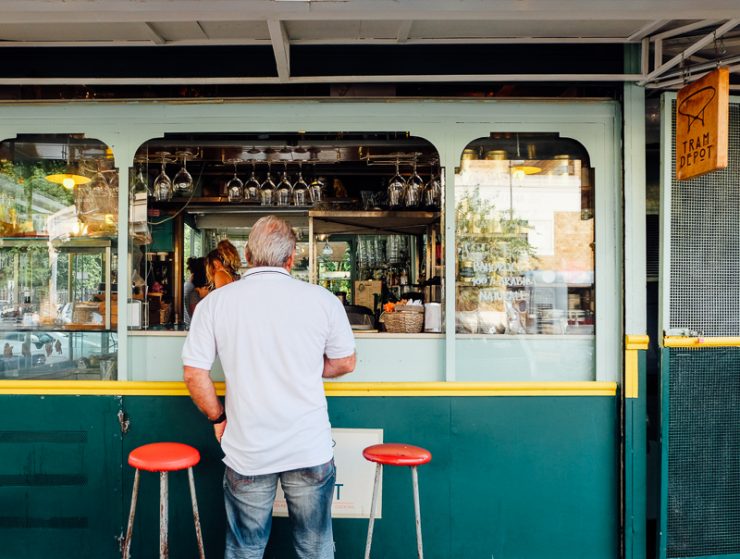
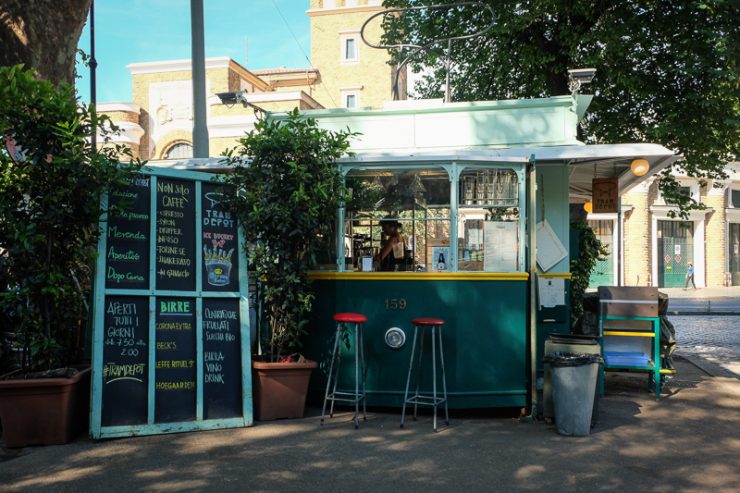
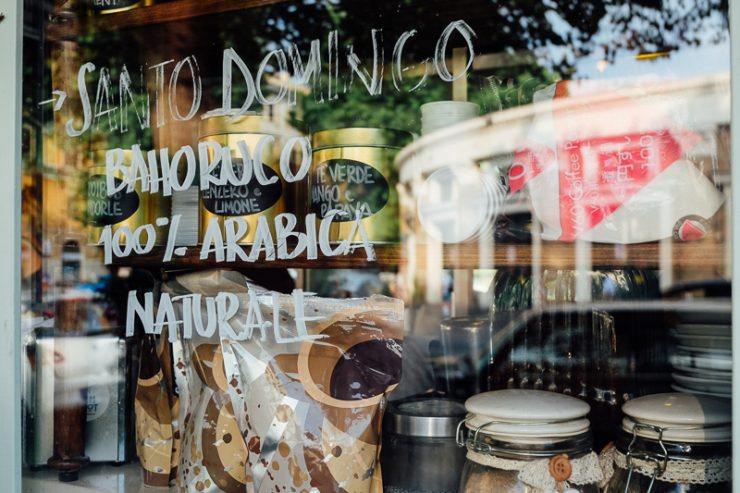

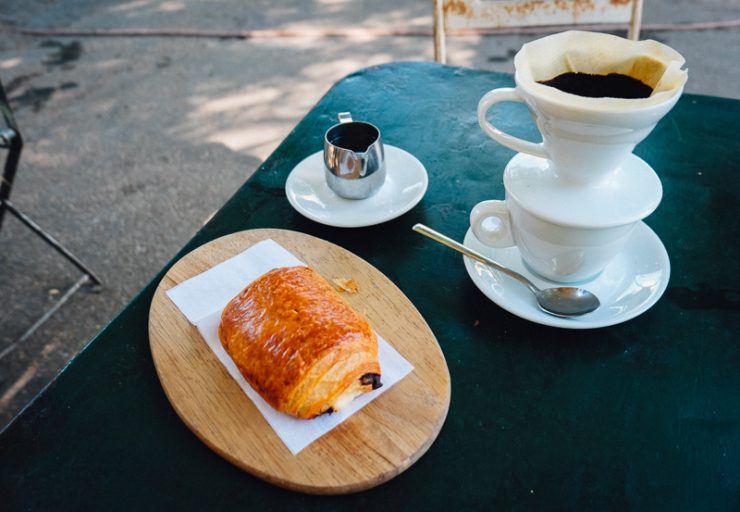
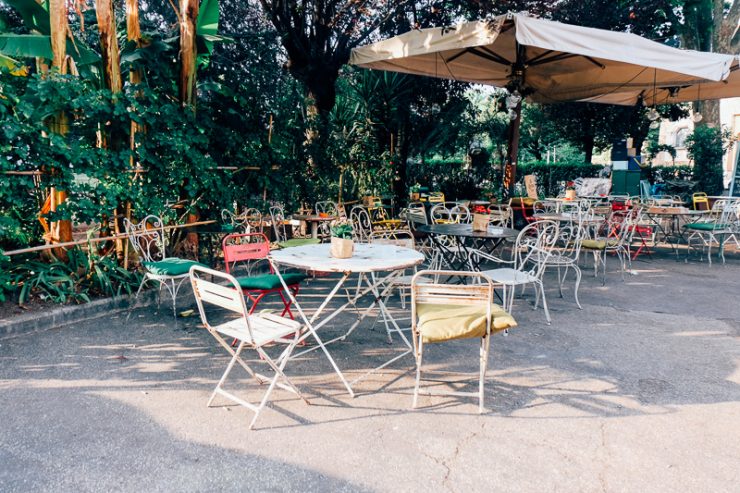
No comments:
Post a Comment